Aydin Travel Guide: Must-See Ancient Cities Rich in History
Aydin, one of the historic lands of the Aegean Region, is not only a cultural treasure with its natural beauty, but also with its ancient cities that bear witness to thousands of years of history. This region, which was home to civilisations such as Ionia, Caria and Lydia in ancient times, captivates history enthusiasts with its magnificent structures, theatres, temples and stadiums that bear the traces of the past. So, what are the must-see ancient cities in Aydin? Here are 10 ancient cities in Aydin that are extremely important from both an architectural and cultural perspective and are definitely worth exploring 👇
Miletus Ancient City – The Cradle of Philosophy
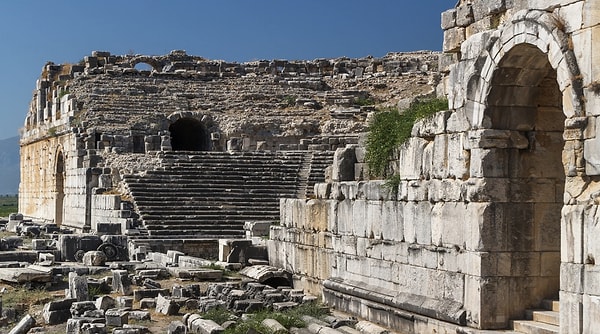
Miletus, one of the 12 important city-states of the Ionian civilisation, is located within the borders of Didim district in Aydin province today. This city, which has played a major role in the fields of science, philosophy, architecture and urban planning throughout history, is particularly known for being home to pioneers of science history such as Thales.
One of the most striking structures in the ancient city is the impressive amphitheatre, which can seat approximately 19,000 people. Renovated during the Hellenistic and Roman periods, this structure offers visitors an atmosphere that evokes the splendour of the past. Miletus's sprawling layout demonstrates its advanced urban planning.
The city also features important ruins such as the Temple of Serapis, the Baths of Faustina, and the Harbour Monument. Each of these ruins offers valuable insights into the religious and social life of the period. After touring the ancient city, don't forget to visit the Miletus Museum. This museum displays not only artefacts from Miletus, but also archaeological finds from the ancient city of Priene and the Temple of Apollo at Didyma. The museum is extremely informative for those who want to explore the historical fabric of the sacred sites in the region more closely.
Priene Ancient City – A City Crowned with Ionian Architecture
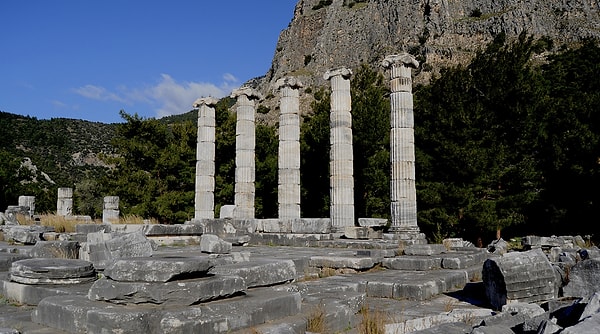
Located near Güllübahçe Mahallesi in the Söke district of Aydin, Priene Ancient City stands at an elevation of approximately 370 metres above sea level and is considered one of the best-planned cities of the Ionian city-states. Founded in the 8th century BC, Priene is notable for its Hippodamos city plan. This systematic urban planning demonstrates the extent to which the ancient world contributed to the modern understanding of cities.
The most famous structure in the city is the Temple of Athena Polias. The five columns of this temple that have survived to this day showcase the elegant aesthetic sense of ancient architecture. The architect of the temple was the famous Pytheos. There is also an inscription dedicated to Alexander the Great in this temple.
Priene's 6,500-seat theatre is impressive in its architecture and details. In particular, the marble seats with backrests in the front rows, reserved for nobles and clergy, attract great interest from visitors. The city also features many other structures, such as an agora (marketplace), bouleuterion (council building), gymnasium, Byzantine-era church, and the remains of a temple dedicated to Egyptian gods. In this regard, Priene possesses a rich heritage not only in terms of architecture but also in terms of religious and cultural diversity.
Magnesia Ancient City – The City Founded on Prophecies
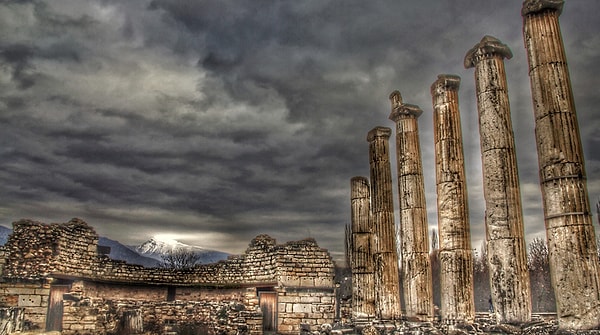
Located approximately 4 km from Ortaklar Mahallesi in the Germencik district of Aydin, Magnesia Ancient City takes its name from its founders, the Magnetes. According to ancient legends, the Magnetes settled in this region following the prophecies of Apollo. With this feature, Magnesia is a settlement intertwined with mythological narratives.
The city was built in a walled area and reflects an advanced urbanisation concept with its grid-planned streets. One of the most important structures in the city, the Temple of Artemis, is quite valuable in terms of architectural history. This temple was built in the 3rd century BC by the famous architect Hermogenes. Vitruvius, who deeply influenced Roman architecture, describes this temple as Hermogenes' masterpiece. The temple is the fourth largest temple built in Anatolia during the Hellenistic period.
The city also features the remains of a massive stadium with a capacity of 25,000 people, an odeon (music and meeting hall), a theatre, and a sacred area dedicated to Artemis. Magnesia is an impressive ancient city not only for its architecture but also for its structures that reflect the social life of the period.
Alabanda Ancient City – A Mythological City in the Footsteps of Races
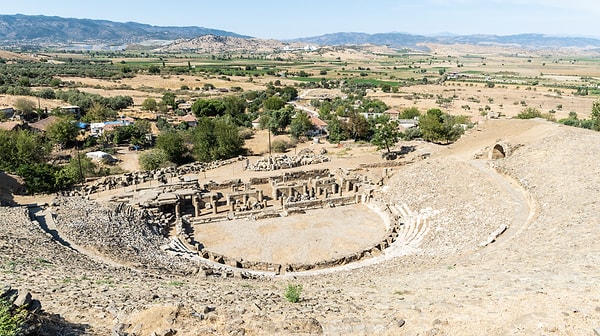
Located near the village of Doğanyurt in the district of Çine, Alabanda Ancient City takes its name from the Carian words ‘ala’ (horse) and ‘banda’ (race). According to ancient sources, the origin of this name is associated with King Kar's son winning a horse race. This mythological story has given the city a unique character.
Alabanda prospered especially during the Roman period and became an important centre. The city features a theatre, a council building (bouleuterion), a bath complex, and well-preserved city walls. One of the city's most important religious structures is the Temple of Zeus Khrysaoreus, built in the Doric order. This temple served as one of the centres of religious life in the region.
Another noteworthy structure is the Temple of Apollo Isotimos. Built by Menesthes, one of the important architects of the Hellenistic period, this temple reflects the aesthetic understanding of the period with its fine craftsmanship and architectural details. Alabanda is an important ancient city that impresses visitors with its rich archaeological remains, where mythology and historical texture intertwine.
Nysa Ancient City – The Hub of Science in Antiquity
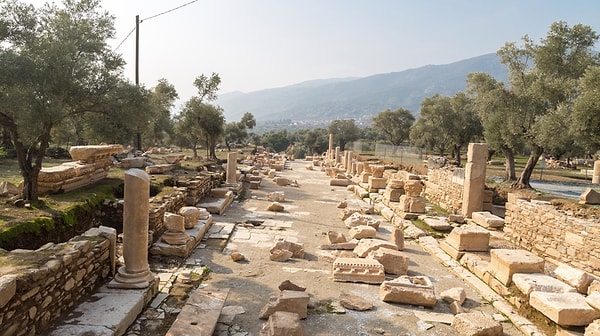
Located north of Sultanhisar district in Aydin, on both sides of Tepecik Creek, Nysa Ancient City stands out as an educational and cultural centre. One of the most striking features of the city is that it was home to one of the largest libraries of the Ancient Age. This library symbolises the intellectual accumulation of its time, and its remaining sections can still be visited today.
It is known that the famous ancient historian and geographer Strabo was educated here. This fact proves how important Nysa was as a centre of learning in the ancient world.
Nysa features the remains of many structures, including an impressive theatre with a capacity of 12,000 people, a bouleuterion (council building), a large stadium with a capacity of 30,000 people, and an agora. Additionally, the city was built in harmony with its natural topography, with an ancient bridge connecting the two sides of the valley. This engineering marvel of a bridge showcases the urban planning wisdom of the era. Nysa is one of Aydin's most fascinating ancient cities, both for its scientific heritage and its architectural remains.
Aphrodisias Ancient City
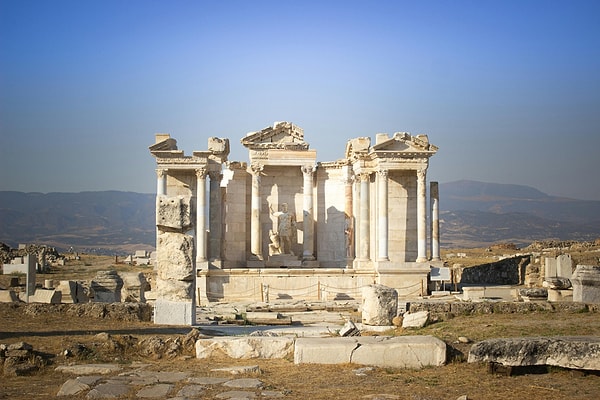
Located within the borders of Karacasu district in Aydin, Aphrodisias Ancient City takes its name from Aphrodite, the goddess of love and beauty. This magnificent city, which is on the UNESCO World Heritage List, is one of the most important centres of art and sculpture in the ancient period. The Temple of Aphrodite in the city, the Tetrapylon (monumental gate) built during the Roman Empire and dazzling with its fine craftsmanship, the ancient theatre and the remains of the extraordinary stadium are a must-see.
The stadium, which can accommodate approximately 30,000 people, is one of the best-preserved ancient stadiums in the world. The city also features a large agora area, baths, and traces of a sculpture school. The Aphrodisias Museum displays extraordinary marble sculptures unearthed during excavations in the city. This ancient city is a unique destination for those seeking a journey intertwined with history, art, and aesthetics.
Tralleis Ancient City
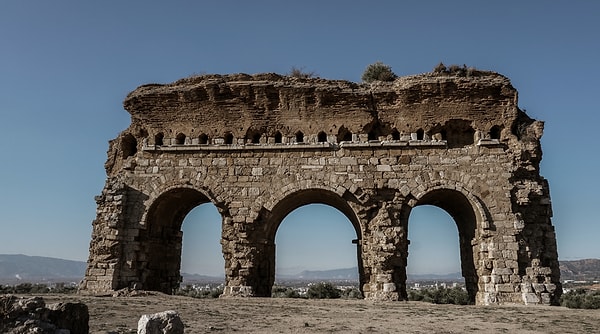
Located just north of the city centre of Aydin, near the Mesudiye neighbourhood, Tralleis Ancient City was an important centre for architecture and sculpture during the Roman period. Founded in the 4th century BC, the city was built on a hill overlooking the fertile Great Menderes Plain.
One of the most important structures that has survived to the present day is the impressive stone structure known as the ‘Three Eyes,’ believed to be the arched gallery of a gymnasium. The theatre, bath complex, agora ruins, and acropolis area offer visitors a rich historical panorama. Tralleis also stands out for its easy accessibility and proximity to the centre of Aydin.
Keşfet ile ziyaret ettiğin tüm kategorileri tek akışta gör!

Send Comment